Risk Management Resources
Articles and insights to help manage risks across industries
Risk Management Resources
Electric Vehicles: Protecting Against the Risks
The change has been visible on the roads for several years: Electric vehicles, a novelty not so long ago, represent an increasing portion of the automobile traffic we encounter each day.

Risk Management Resources
From Water Claims to Climate Change: Why Property Owners Insurance Claims Costs are Rising
Over the past 20 years, claims costs for Property Owners Insurance have risen significantly, while rates have remained stable or even fallen.

Risk Management Resources
Claim University
Our claims training centre in Windsor, Connecticut helps us ensure our customers receive skilled and consistent support throughout the life of a claim.

Risk Management Resources
Managing Buildings During School Holiday Periods
Losses often occur during school holidays. These losses include arson, vandalism and theft as well as fires due to poorly managed building activities involving hot work processes. This guide explores some of the risks and control measures required.

Risk Management Resources
Manufacturing Risk Management
Manufacturing Risk Management. Risk control guidance for the manufacturing sector; industrial machinery, metals manufacturing, plastics manufacturing.

Risk Management Resources
Business Continuity Planning
Having a thorough plan can ensure that even when things go wrong, businesses can operate without interruption.
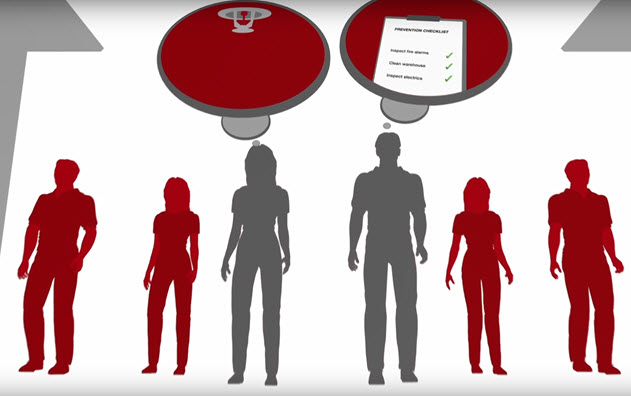
Risk Management Resources
Risk Management for Offices
Our Risk Control team can help prevent or mitigate losses for offices through advising on ergonomic risk control, slips and trips prevention, electrical fire prevention and more.

Risk Management Resources
Prevent Crime, Vandalism & Arson
Advice on how to prevent crime, vandalism and arson.
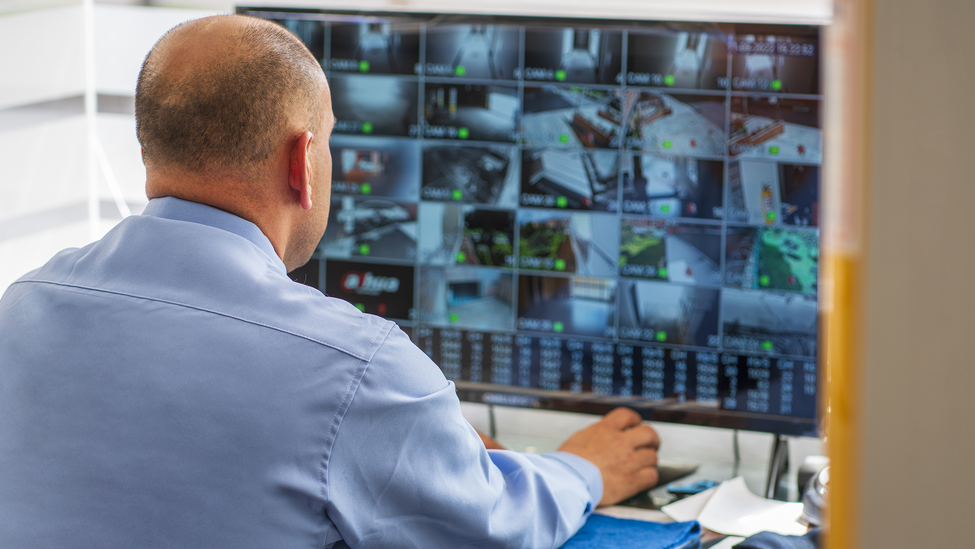
Risk Management Resources
Online Risk Management
Access our online library of risk management resources for brokers and customers.

Risk Management Resources
On-Site Risk Control
Our risk management consultancy services provide a first-hand assessment of the exposures a business faces.
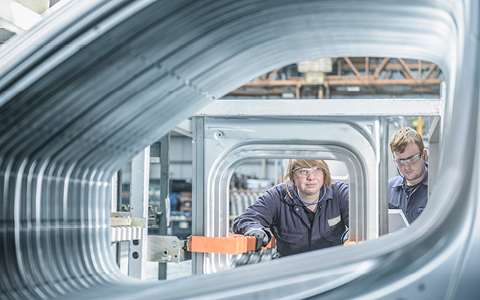
Risk Management Resources
Real Estate and Property Owners Risk Management
Risk Management and Risk Control guidance for property owners or those in the real estate sector.


Risk Management Resources
Mitigating Anaphylaxis Risk at Work
Anaphylaxis is a life-threatening condition which must be treated quickly. Learn how Travelers Europe’s partner, Kitt Medical, is keeping businesses prepared.
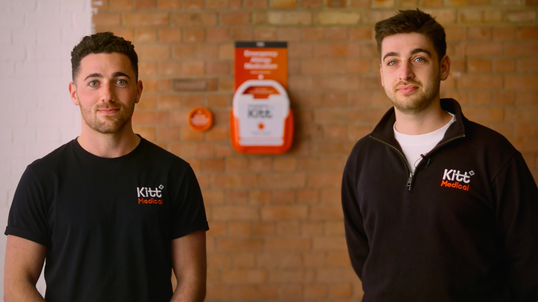
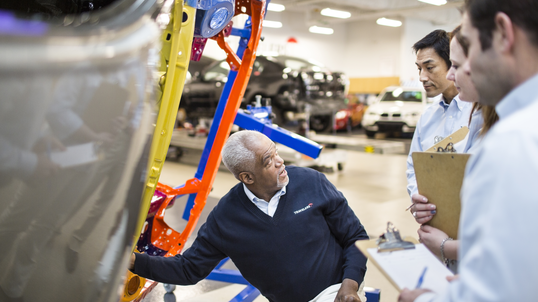
Related services
Risk management services
Explore Travelers’ wide range of risk management capabilities.
